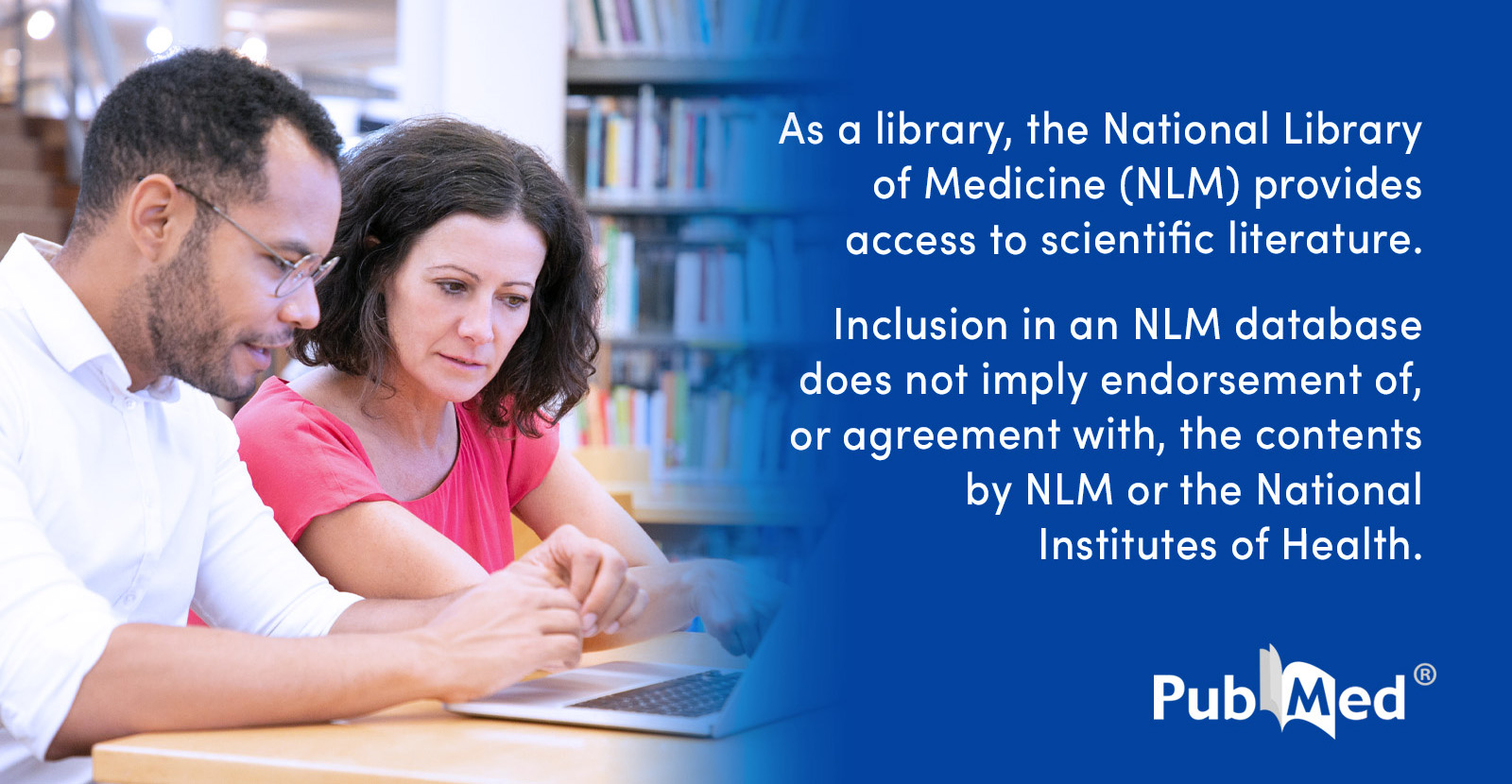Q: (Psyche) Are we going to see a return of the Black Death?
A: Extremely likely.
Q: (Galaxia) In Europe first? Where's it gonna hit?
A: Wait and see.
Q: (Galaxia) Oh no! That's all I've got to say.
A: Those that have a certain genetic profile may suffer very little.
Q: (Andromeda) Is that any of us? (Galaxia) That doesn't sound like anybody is immune... like, "They'll suffer very little before they die!"
A: Smoking tobacco is a clue and an aid.
Q: (L) A clue to the genetic profile?
A: Yes.
Q: (Psyche) Oh, interesting. [everyone lights a cigarette and starts laughing] (Psyche) Everybody lights up! I feel like smoking! (laughter)
A: It is not just aliens that don't like to eat people that smoke! But from a certain perspective the viruses that cause such illnesses as the Black Death are "alien".
Session 13 Feb 2011
How about harmala alkaloids found in tobacco smoke and their connection to serine-arginine kinase?
In the present study, we assessed several host SR kinase inhibitors for anti-viral activity, but only harmine inhibited two unrelated viruses: HIV-1, which critically relies on the host alternative splicing for its replication, and coronaviruses (HCoV-229E and SARS-CoV-2), whose life cycle takes place in the cytoplasm, and genome replication/expression does not directly require RNA splicing. Harmine also inhibits replication of several other viruses, including enterovirus, herpes simplex virus, influenza A virus (IAV), and dengue virus, supporting the potential of harmine, or related compounds, as possible host-directed broad-spectrum anti-virals. The difference in the ability of the SR kinase inhibitors tested to inhibit HIV-1 and coronavirus replication indicates the observed response is not due to a general reduction in SR protein phosphorylation but rather to changes uniquely induced by harmine.
(...)
SR kinases are also important for replication of several other viruses, including adenovirus, human cytomegalovirus, HSV, human papilloma virus, hepatitis C virus, Ebola, and Sindbis virus. Despite differences in the underlying mechanisms by which these viruses replicate, it is clear that many viruses have evolved to depend on SR kinase activity and/or the host factors they modify. Consequently, appropriate alteration of SR kinase activity could serve as a basis for the development of broad-spectrum anti-virals against which viruses may not easily mount a resistance. Our RNA-Seq data demonstrate that, at a dose (10 µM) required to significantly reduce HIV-1 RNA accumulation, harmine had limited impact on the host cell transcriptome, as measured at the level of DGE (0.43% of genes detected), alternative splicing (1.2% of the events detected), and APA (0.2% of the genes/events measured). These observations further highlight the sensitivity of viruses to small changes or perturbations in host factor activity, opening up a new avenue to manipulate virus growth with minimal impact on the host.

Antiviral activities of plant-derived indole and β-carboline alkaloids against human and avian influenza viruses - PubMed
The persistent evolution of drug-resistant influenza strains represents a global concern. The innovation of new treatment approaches through drug screening strategies and investigating the antiviral potential of bioactive natural-based chemicals may address the issue. Herein, we screened the...

Antibacterial, Antifungal, Antiviral, and Antiparasitic Activities of Peganum harmala and Its Ingredients: A Review - PubMed
Infectious diseases have always been the number one enemy threatening health and well-being. With increasing numbers of infectious diseases, growing resistance of pathogens, and declining roles of antibiotics in the treatment of infectious diseases, it is becoming increasingly difficult to treat...



